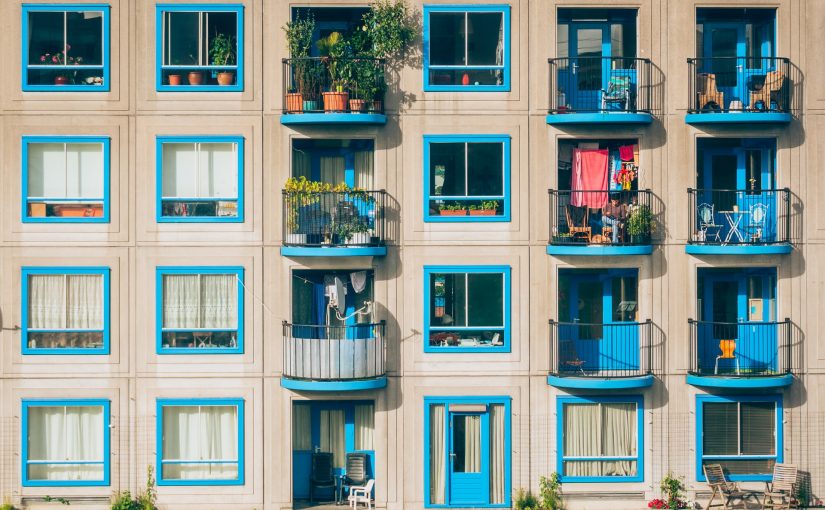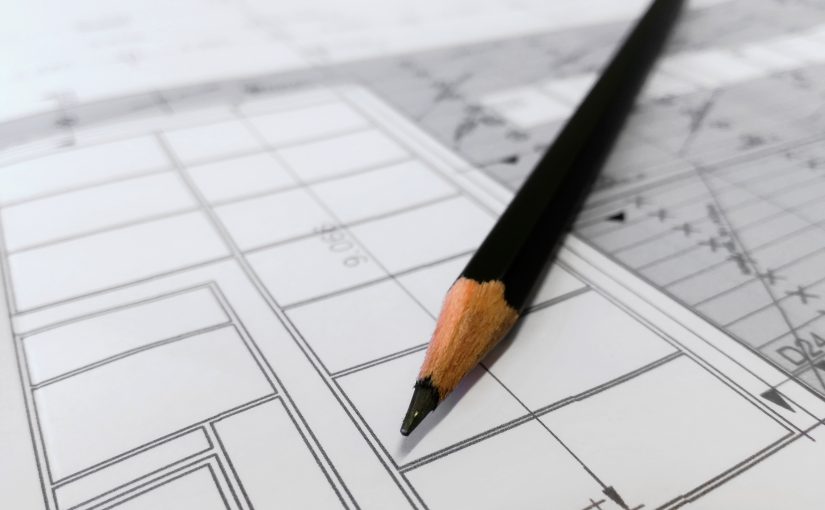Coronavirus and the hustle and bustle that came with it changed things around the economy and not only. Because of the quick-spreading rate, we’ve seen big shifts in business-related practices and the stock market, which are important factors driving the economy. Companies quickly changed their policies, trying to prevent their profits from dropping dramatically. The people, however, felt the virus differently. Most of them lost their jobs during the pandemic, which posed further economic difficulties for their families. Renters barely made rent during the pandemic with almost all service-based businesses closing down, tourism dropped exponentially, while employment rates were higher than ever.
The economy was not friendly for either side. Landlords and their businesses suffered greatly as well, with fewer and fewer people being able to pay their monthly share. According to a report at CNBC, single-family home rents grew by 1.7%, which was the slowest rate seen in years. Demand decreased and so rent-out companies were left empty-handed, meaning that these companies will have to increase their rates once the spread abates.
I’m sure that renting out during the pandemic can be quite a challenge, which is why you should think twice before taking this step. You should assess the costs and benefits of making such a move and try to avoid common mistakes. Here you can find a guide on the don’ts of renting out your apartment during COVID-19. Check them out and let us know if you have any questions.
Don’t allow tenants to disrespect your authority
Even though during coronavirus renting out has been a challenge to you, this shouldn’t mean that renters should do whatever they want in your apartment. You should not accept those who disrespect your rules and authority, since you are the sole owner of your personal space. In your space, rules should be enforced by you, and those who do not respect them should not be allowed in. Try to avoid renters who violate rules and policies, even if that means less money coming your way. In the short run, failure to accept these types of renters will look like a mistake, but in the long run, it will save you serious damaging costs, trust me.
Ensure that you set up clear rules before allowing them into your apartment. Inform them of any late fee payment policies. Make sure that they know what they can and cannot do in your space. For example, if your place is smoke-free, they should know this from the start and agree in writing that they won’t ever break this rule. They should also be informed from the very first start of the financial penalties that come with disrespecting your regulations.
Allow your renters to make partial payments… for now
As I mentioned earlier, the pandemic has made things difficult for everyone, including tenants, so don’t be mean about it. Allow your renters to make partial payments during this challenging period of time. However, don’t leave everything up in the air. Come up with a final deadline on when they will be able to make the full payment. Since the pandemic can be so unpredictable, your best bet would be choosing a far final payment deadline anywhere between 6-8 months from now.
Even if allowing tenants to make partial payments could be detrimental in the short run, things will get better in the long run. If you don’t make this temporary gesture of kindness, you might lose your tenants quicker than ever. After the pandemic, they will probably decide to move out, since your renting policies are so harsh to handle. Be understanding but don’t let them cross limits, or in this case, the deadline you have imposed.
Don’t forget to track rental payment history
If you’ve decided to help your tenants out with minimal payment rates, make sure you keep track of their payment history. I’m not saying all renters will try to trick you, but some of them might, especially during these challenging economic times. Ensure that you keep proofs of all the payments that they made and that you hand them a copy of each transaction separately. Keep a record on your file with their name of it and write down the dates in which they made the payments. This is a good foundation to have in case you must take immediate action against them. And you never know, do you?
Don’t be afraid to set up rules
To clearly convey your landlord expectations and prevent tenants from behaving in unwanted ways, you will need to set up the right rules at the right time before they sign the lease. Here are some of the most important house rules to impose during coronavirus:
- Talk about the details of payment late rent, as I aforementioned.
- Set up the conditions for your right of entry in the apartment, under what circumstances and how?
- Talk about quiet hours and ensure that garbage removal policies are in place.
- If your place has a kitchen, make sure you set up rules for the use of kitchen appliances and other additions.
- Pet and smoking policies should also be implemented from the very first start.
Those tenants whose actions violate the status quo policies should be sent notices to draw attention to these issues. If these notices are ineffective, they should be asked to leave within 30 days. Don’t make the mistakes of accepting your tenant’s mistakes over and over again – this won’t get you anywhere. In fact, you could be missing out on better tenants because of your continued acceptance of unlawful action.
You can’t just evict your tenant
Most of the states in the U.S. have taken action to minimize the impact that the pandemic had on tenants; most states have imposed moratoriums on evictions, preventing landlords from evicting those tenants who hold off paying their monthly share. This policy will expire quite soon, but other regulations might be imposed. Do your research before giving your tenants ultimatums – you might be wrong and thus, faced with a serious trial ahead of you.
Conclusion
Make sure that you follow the rules and regulations on renting out and are updated on the latest trends of renting during the pandemic. Do not allow tenants to disrespect your authority, allow them to make partial payments if needed, and always track their payment history.
Author Bio

Leon Collier is an essay writer from the UK who offers essay writing help and essay writing service reviews. Leon loves to write about everything: pop-culture, history, travel, self-development, education, marketing. When he is not writing, you can find him behind a book or playing tabletop games with his friends. Follow him on Twitter @LeonCollier12.
Image: Photo by Ján Jakub Naništa on Unsplash

